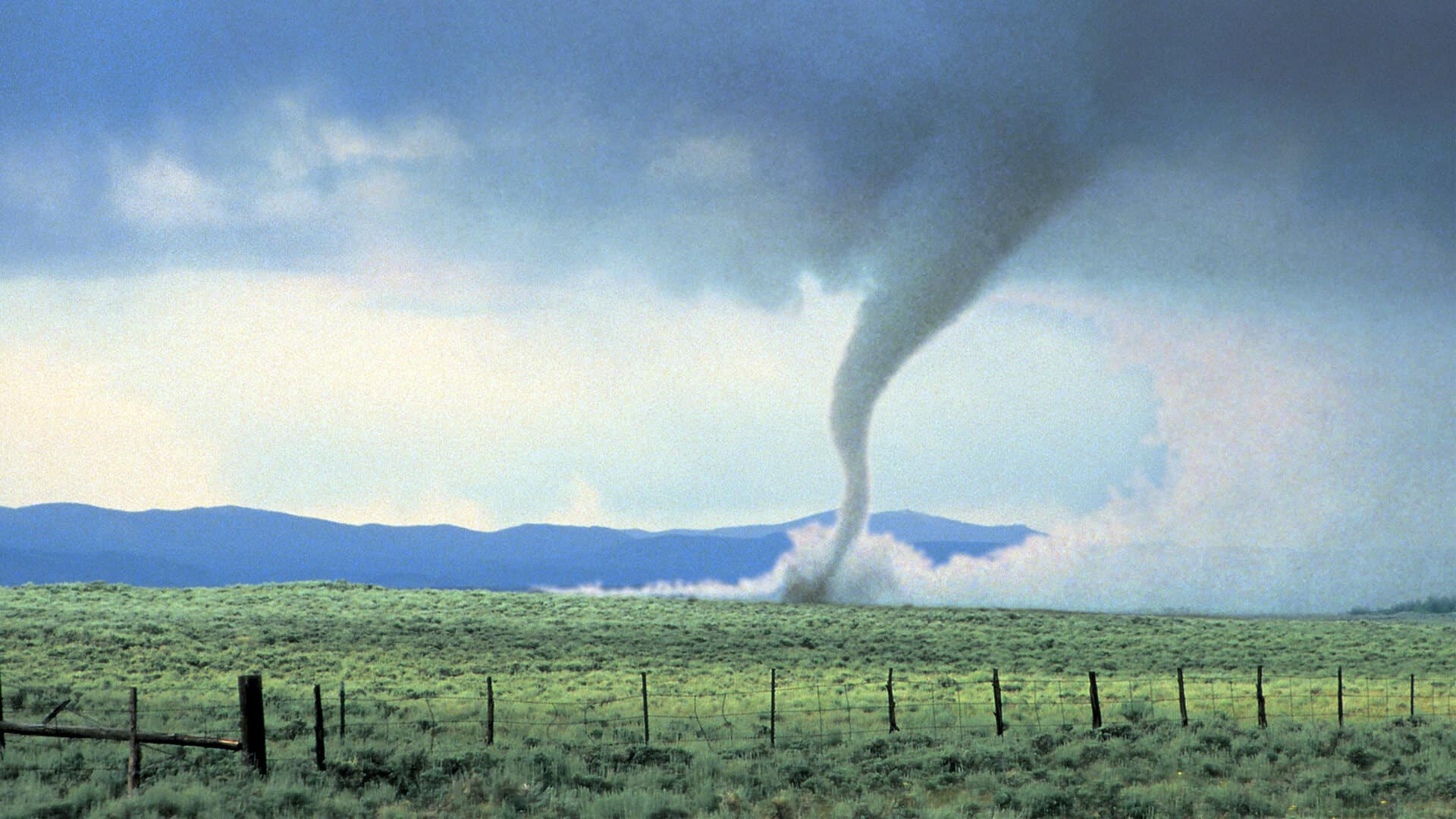A giant dust cloud from the Sahara Desert in North Africa is currently drifting over the Atlantic Ocean toward the southeastern U.S., according to the National Environmental Satellite, Data, and Information Service (NOAA). Known as the Saharan Air Layer (SAL), this dust cloud has reached the Caribbean and is predicted to arrive in Florida, Mississippi, Alabama, Texas, and other Gulf Coast states this week, ABC News reports.
“The dust is due to a two to 2.5-mile-thick layer of the atmosphere, called the Saharan Air Layer, crossing over the Atlantic Ocean,” the NOAA explained. “The warmth, dryness and strong winds associated with this layer have been shown to suppress tropical cyclone formation and intensification.”
While striking sunsets and vivid sunrises are expected due to the dust particles scattering sunlight, there are significant concerns about air quality. Health experts advise residents, particularly those with asthma, allergies, or existing respiratory issues, to limit outdoor exposure. Inhaling dust particles can irritate the respiratory tract and potentially worsen existing health conditions.
In addition to influencing air quality, the dust is likely to create drier weather conditions across affected regions. NOAA officials noted that the Saharan dust will likely “suppress thunderstorm development over locations where the dust is especially thick.”
“As the SAL crosses the Atlantic, it usually occupies a 2 to 2.5-mile-thick layer of the atmosphere with its base starting about 1 mile above the surface,” Jason Dunion, a University of Miami hurricane researcher who works with NOAA’s Atlantic Oceanographic and Meteorological Laboratory, said.
Historically, large-scale Saharan dust events have occurred annually, typically peaking in June and July, influencing weather patterns and atmospheric conditions far from their origin. Residents in affected areas should stay updated through local news sources and health advisories.











